
Before they became symbols in period dramas, corsets lived many lives. They supported, defined, and sometimes challenged the bodies and ideas of their times. Across eras, they adapted to culture and purpose. This listicle shares 10 facts that uncover the deeper story behind one of history’s most talked-about garments.
Corsets Have Ancient Roots
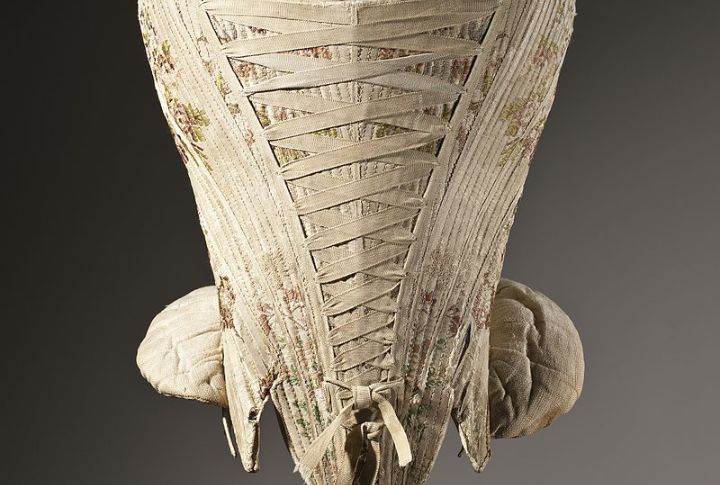
Long before the Victorian silhouette, corset-like garments appeared in Minoan Crete, where priestesses wore them as striking ceremonial attire. Centuries later, Ancient Greek women wrapped “zones” around their waists for both function and ritual. In the Caucasus, Circassian women perfected intricate lacing for elegance and modesty.
Queen Catherine De’ Medici’s Impact

Catherine de’ Medici brought refined Italian corsetry to the French court and made it a hallmark of elite fashion. Myths claim she banned thick waists, but her actual influence lay in promoting the “pair of bodies,” which emphasized posture and bust. Soon, corsets became a status marker across Europe’s aristocracy.
Evolution Of Shapes
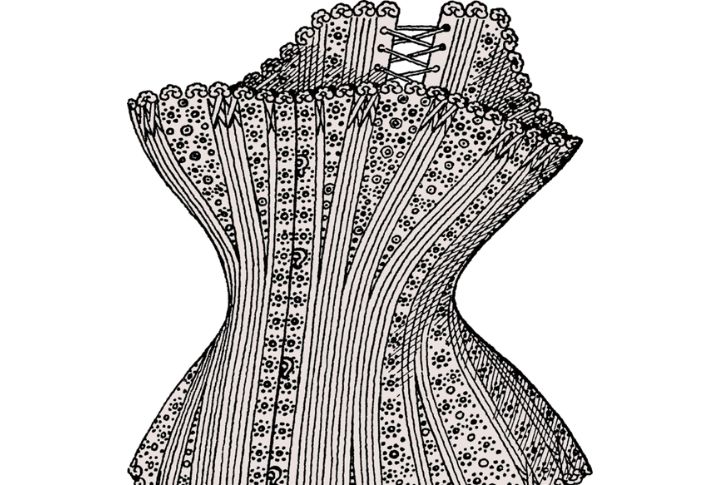
Corsets evolved with shifting beauty ideals, which included conical in Elizabethan times and the “S-bend” silhouette in Edwardian fashion. Materials used in making this ranged from whalebone and linen to steel and sturdy cotton. Each period’s style reflected its reigning monarch’s vision, with modern corsets reinterpreting these shapes in less rigid forms.
Inventions That Reshaped Corset Design
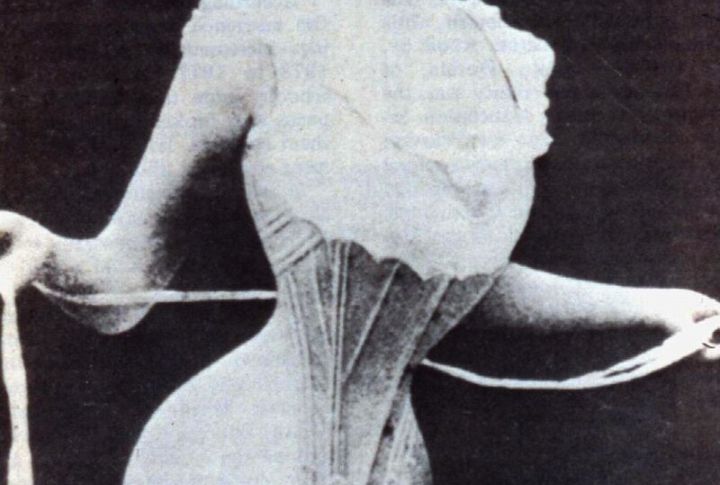
Corsetry’s evolution was driven by clever inventions that transformed how they were worn. The arrival of metal eyelets in 1828 made laces stronger and more secure, while the 1848 front-fastening busk meant women could dress without assistance. Improved tailoring techniques, like gussets for movement, made them more comfortable than ever.
Not Just For Women
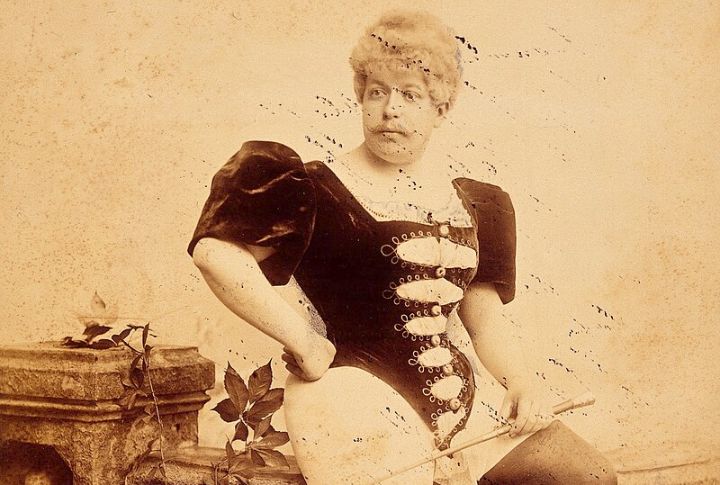
Corsets were once common for men and children, too. Men used them for posture and military uniformity, while children wore stays to encourage upright growth. Some designs served medical needs, offering orthopedic support, and fashionable dandies in the 18th and 19th centuries embraced them for a sharply tailored silhouette.
The Controversy Of Fashion Vs. Health
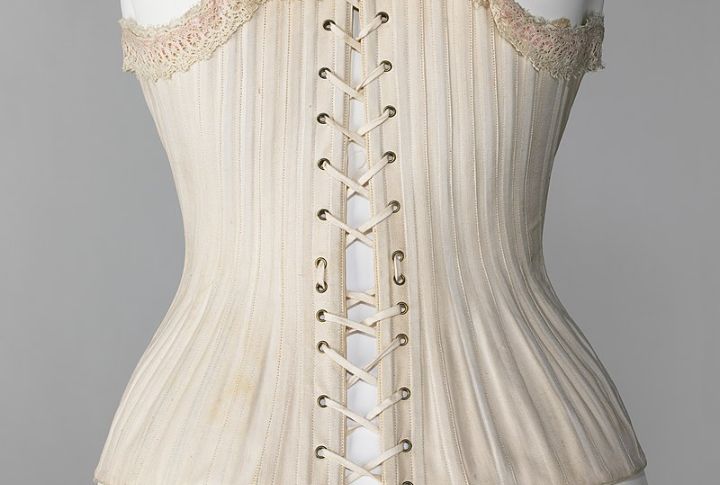
Victorian society celebrated impossibly tiny waists, sometimes just 18 inches, which fueled the competitive world of tight-lacing. Extreme cases could cause fainting or minor rib changes. Doctors pushed for looser styles, yet the attraction of a dramatically cinched silhouette kept the debate alive.
Symbol Of Feminine Oppression And Empowerment
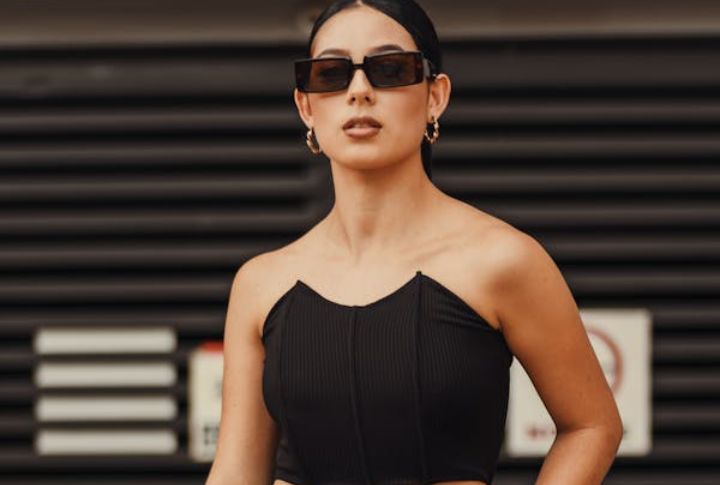
For centuries, critics saw corsets as a physical manifestation of patriarchy, restricting women’s bodies and autonomy. Yet in modern times, they’ve been reclaimed as tools of empowerment that are worn proudly to make a fashion statement. Today, they can symbolize self-expression and defiance as much as tradition.
Corsets Were Never Worn Directly On The Skin
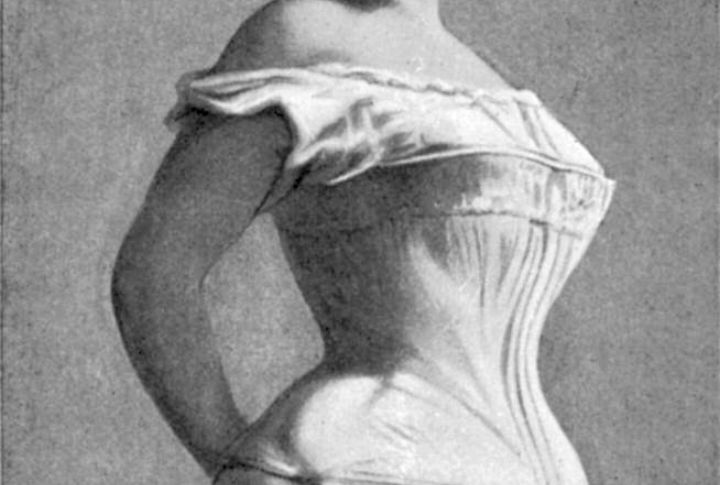
Contrary to many period dramas, historical corsets were always layered over a chemise or undershirt. This not only added comfort but also protected the garment from sweat and wear. Since corsets weren’t washable, laundering the underlayer was essential and a practical detail that kept fashion beautiful without sacrificing hygiene.
Pop Culture And Subcultures
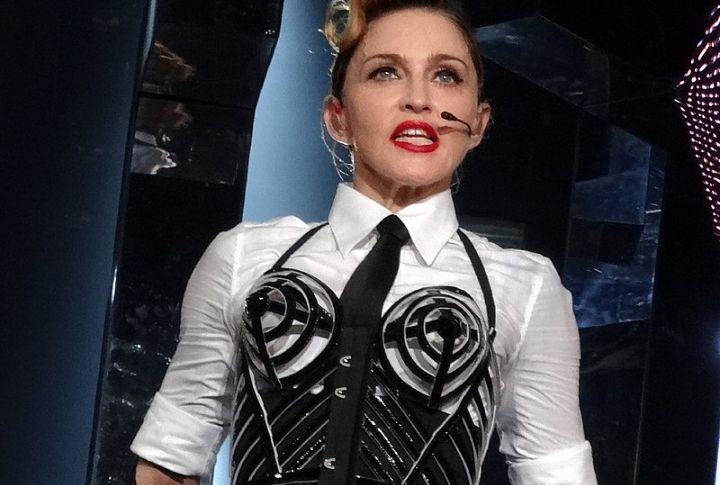
This garment found new life in goth clubs and haute couture shows. It graced icons from Madonna to Dita Von Teese that blurred the line between costume and statement. Whether channeling Victorian drama or futuristic edge, they remain a powerful visual shorthand for bold, unapologetic style.
Corsets Were Not Always Torturous
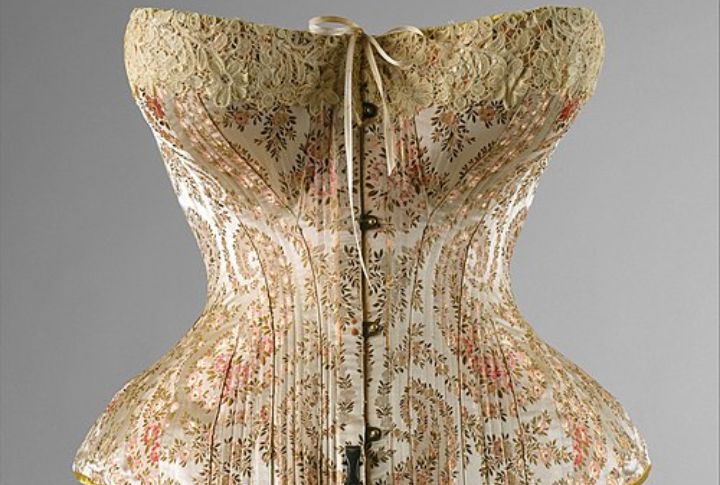
While extreme tight-lacing grabbed the spotlight, many corsets were far more practical. Skilled makers tailored them to the wearer’s shape, which gave gentle posture support and structure to clothing. Lightweight materials and looser lacing meant countless women wore them daily with ease rather than pain.
